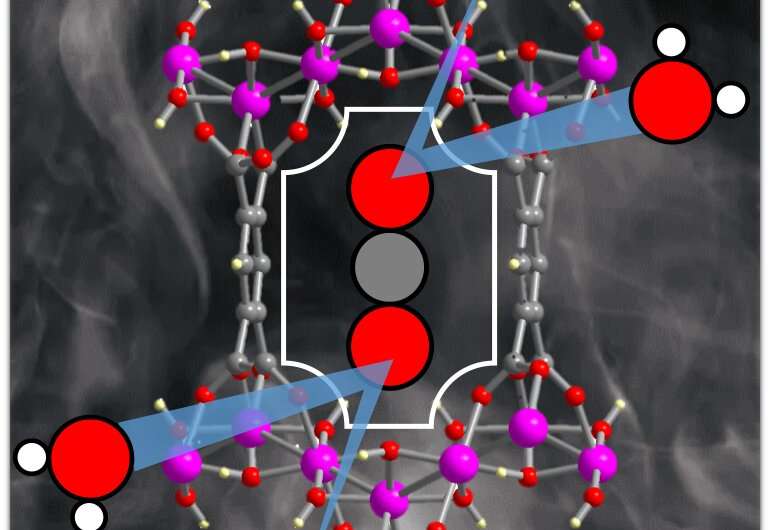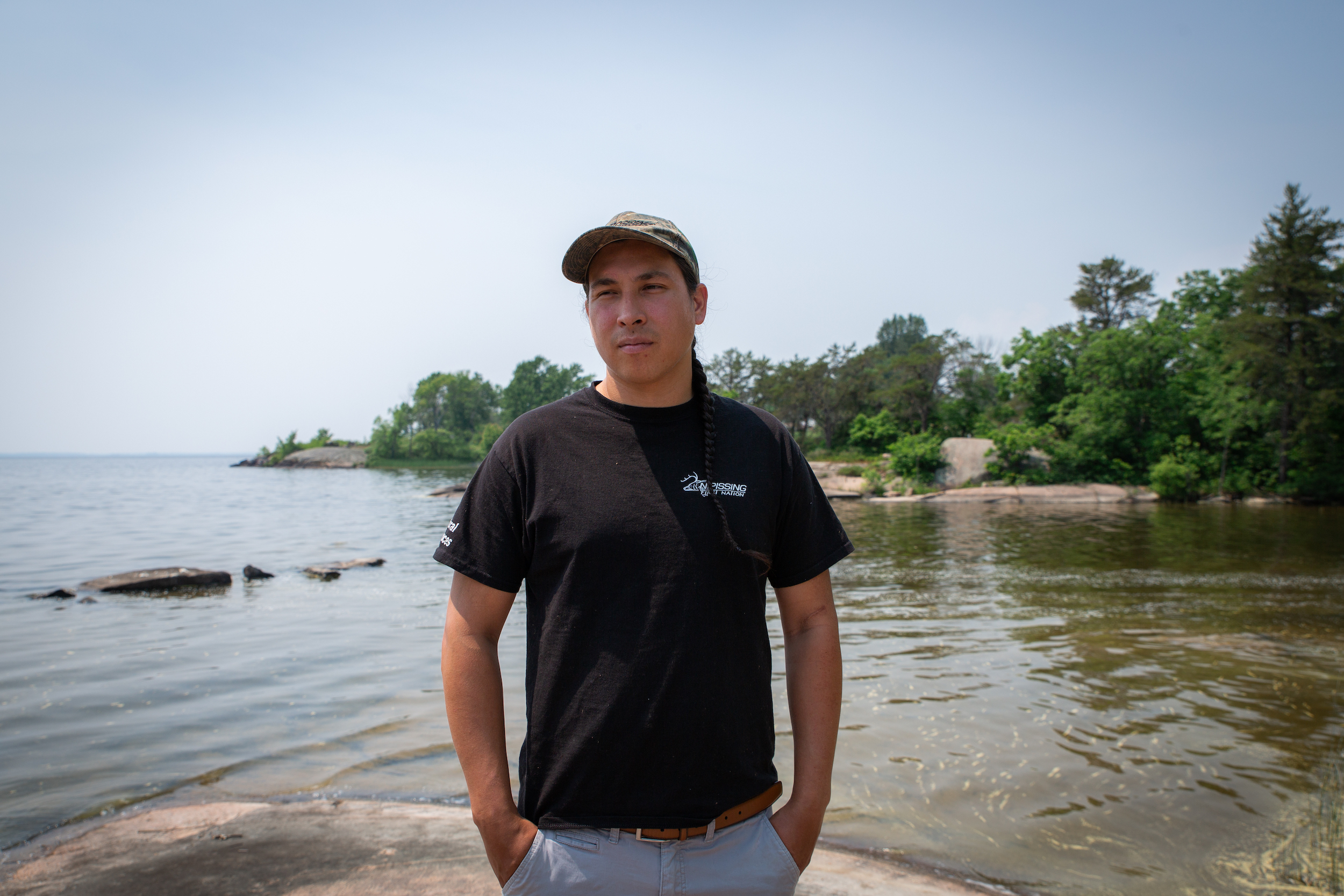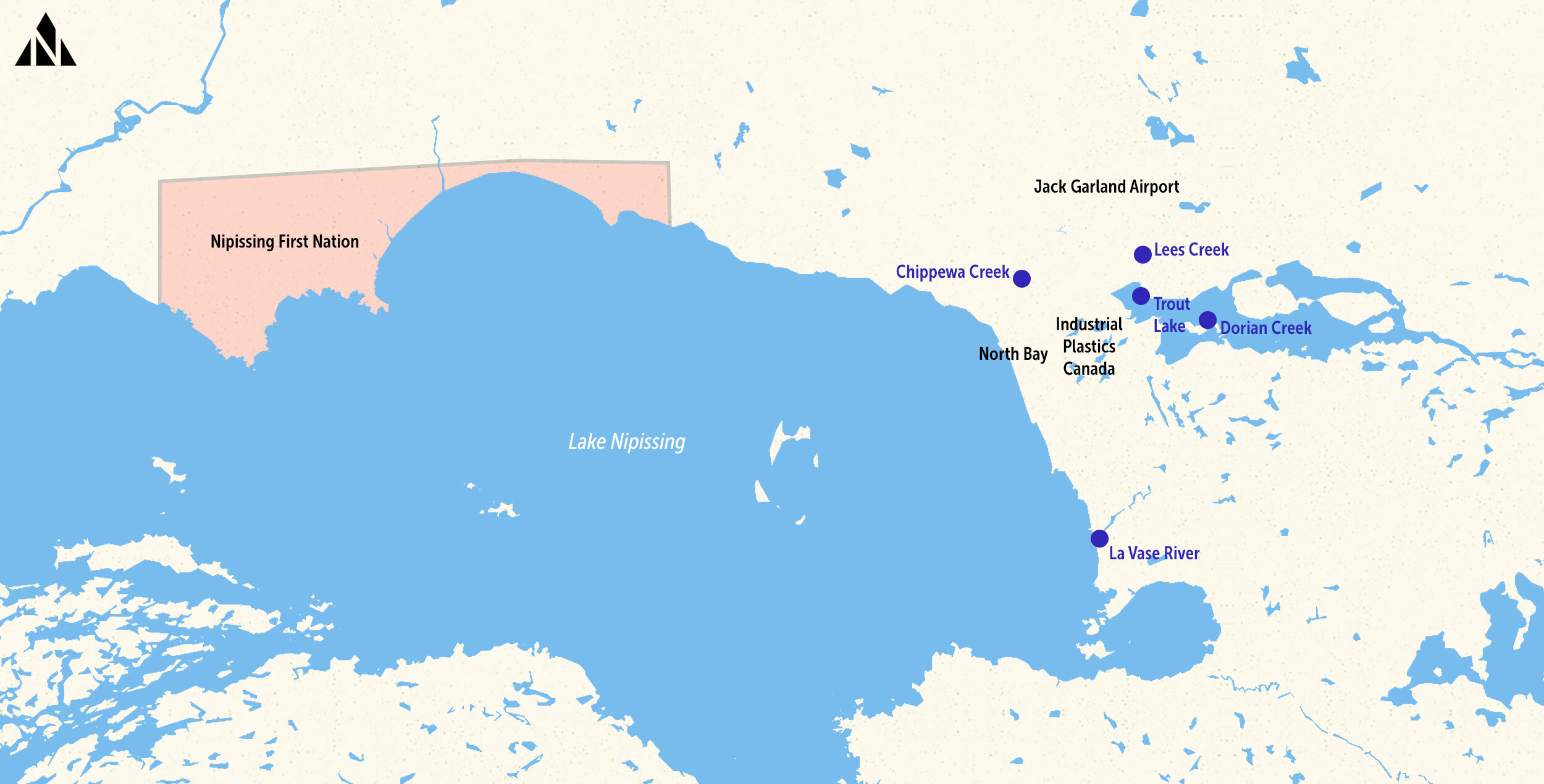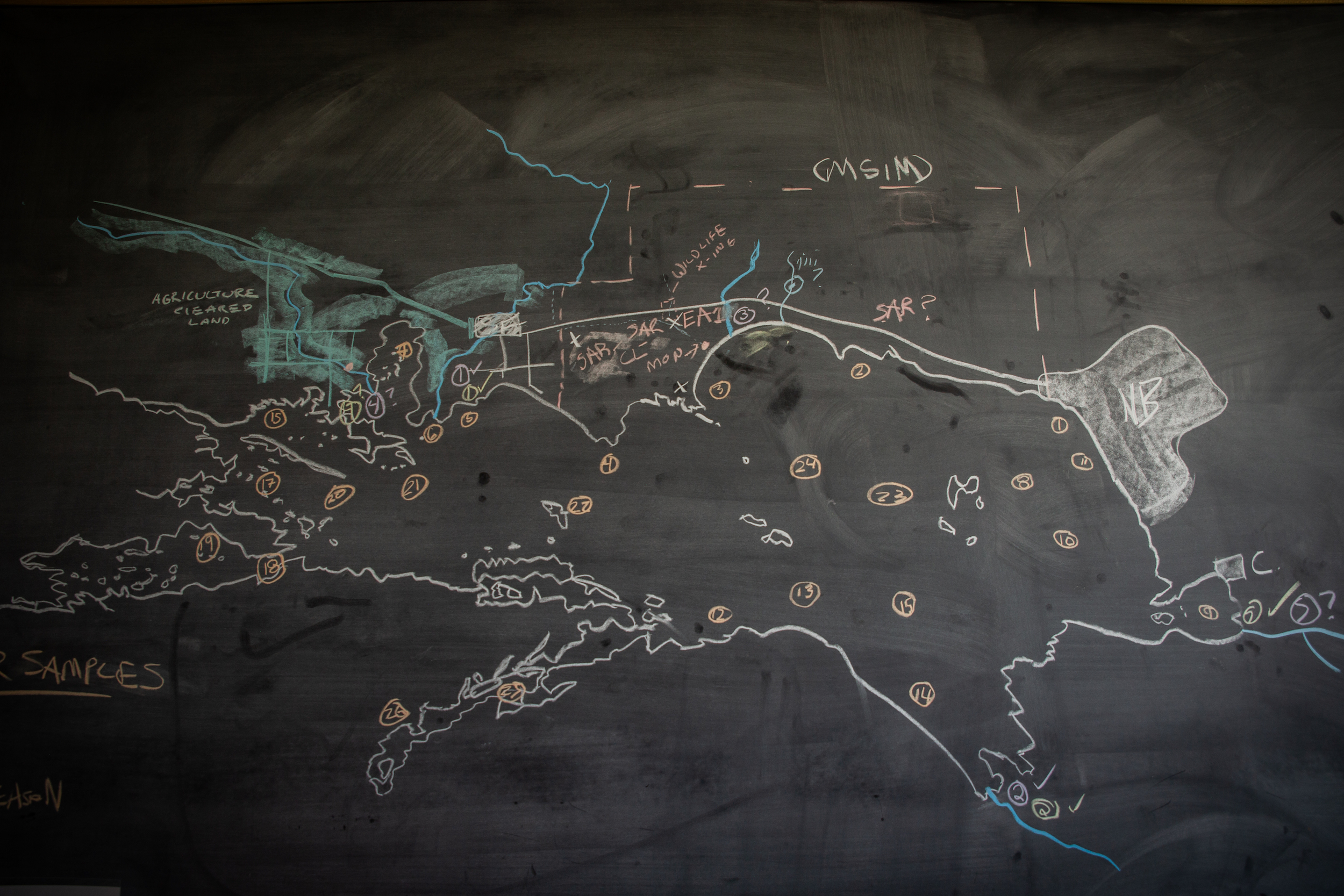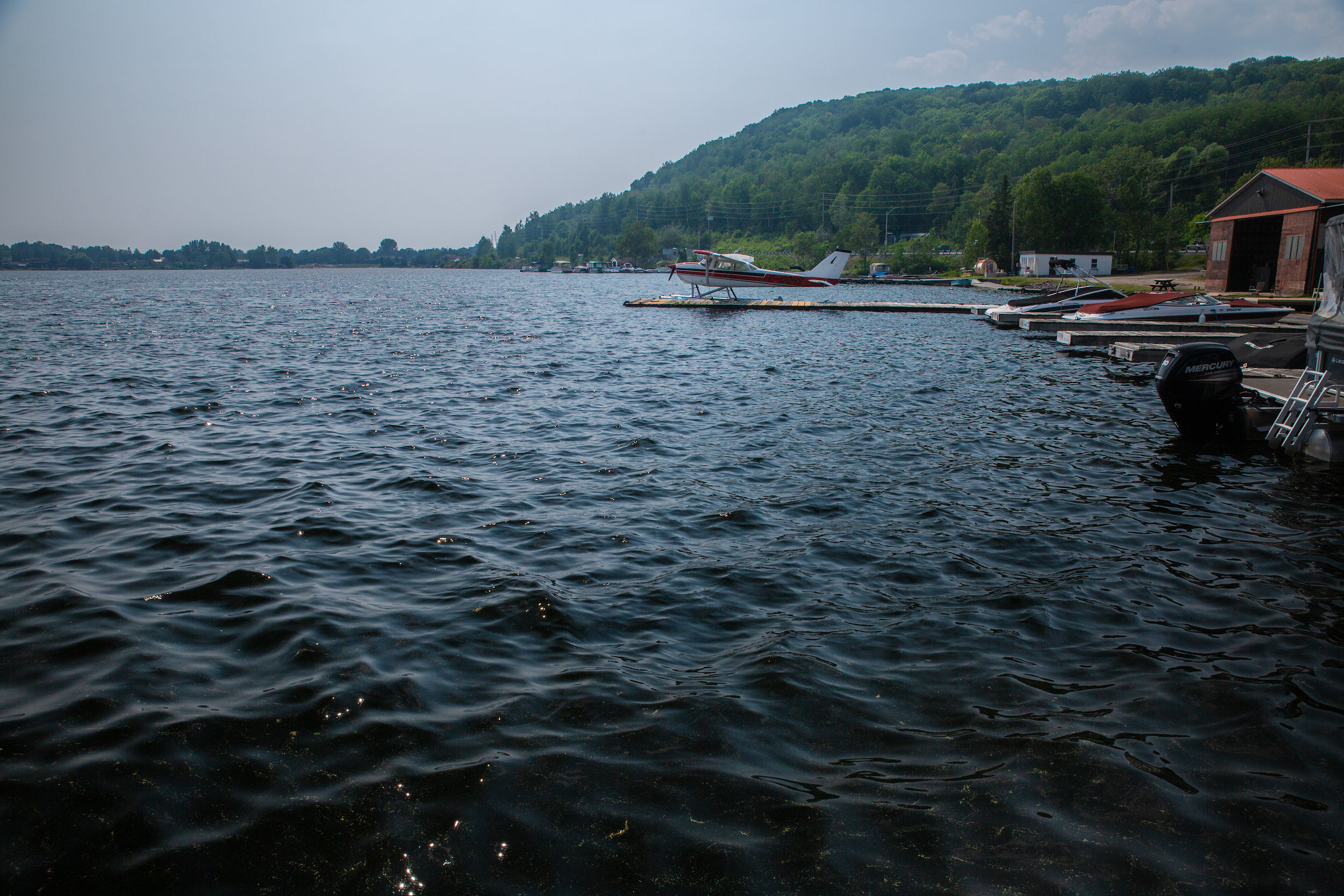India lifts duty on U.S. peas and lentils

India is removing the additional duties it has been charging on U.S. peas and lentils since 2018.
The 10 percent additional duty on U.S. chickpeas and 20 percent on U.S. lentils were part of a retaliatory package of tariffs in response to the U.S. increasing duties on certain steel and aluminum products from India.
“After nearly six challenging years of trade disruption, we welcome the opportunity to compete fairly in the Indian market,” Aaron Flansburg, chair of the USA Dry Pea & Lentil Council, said in a news release.
“This move will certainly help our farmers grow more pulses, one of the most sustainable crops worldwide.”
The U.S. was shipping 300,000 to 350,000 tonnes of pulses to India annually prior to the tariffs. That trade has completely evaporated.
Half of the volume was lentils and chickpeas, while the other half was peas, which India stopped importing around the same time as the lentil and chickpea tariffs were imposed.
The council said the United States now has the potential to reclaim its position as a significant exporter to the Indian market in 2023-24.
However, Jeff Van Peerage, president of Columbia Grain International, doesn’t think the U.S. will do much lentil business with India this year.
“The U.S. is virtually sold out of (old crop) lentils,” he said.
As well, the new crop will be smaller than usual. Growers planted 533,000 acres, down 19 percent from the previous year.
Those new crop lentils will likely go to markets like USAID, Europe, South America, Central America and North Africa.
“We’re not going to have a lot of lentils to go to India this year,” said Van Pevenage.
However, there should be opportunities for Canadian green lentils in that market because of two consecutive years of short pigeon pea crops.
“The expectations are that India could import 60,000 to 70,000 tonnes of Laird lentils here in the next four months,” he said.
“Most of that would come from Canada. That’s definitely beneficial to Canadian producers of green lentils.”
Van Pevenage said Canada’s small pulse processing plants have been suffering the past four or five years as much of the yellow pea and red lentil business switched to bulk movement to markets such as Turkey, Egypt, India and Sri Lanka.
“There’s not much room for these small guys in the container business anymore,” he said.
“That’s why you get a lot of these bankruptcies.”
Green lentils tend to move in containers, so that anticipated business to India should help.
Van Pevenage alleges that a lot of U.S. green lentils had been moving to India via Canada and sold as Canadian product to avoid the duties. That practice will come to a halt now that the additional duties have been removed.
Meanwhile, the Canadian pulse industry continues to evolve. Archer Daniels Midland just acquired Prairie Pulse Inc., a cleaning, milling and packaging facility in Vanscoy, Sask.
“We’re excited to strengthen our relationships with Canadian pulse growers through the acquisition of Prairie Pulse,” ADM commercial manager Aaron Brown said in a news release.
He said the addition expands ADM’s capabilities to meet the growing demand for pulse proteins.
“The enduring global trends of sustainability and food security are powering growth in alternative proteins, and ADM is continuing to invest to ensure we’re at the forefront of meeting those needs,” said Brown.
The acquisition doubles ADM’s pulse footprint in Saskatchewan. The company also owns an origination and cleaning plant in North Battleford.
The Vanscoy plant includes 12,000 tonnes of bulk storage, as well as cleaning, milling, sorting, sizing and bagging capabilities. There is also a pulse dehulling and splitting facility that transforms lentils, chickpeas and peas into shelf-ready products




